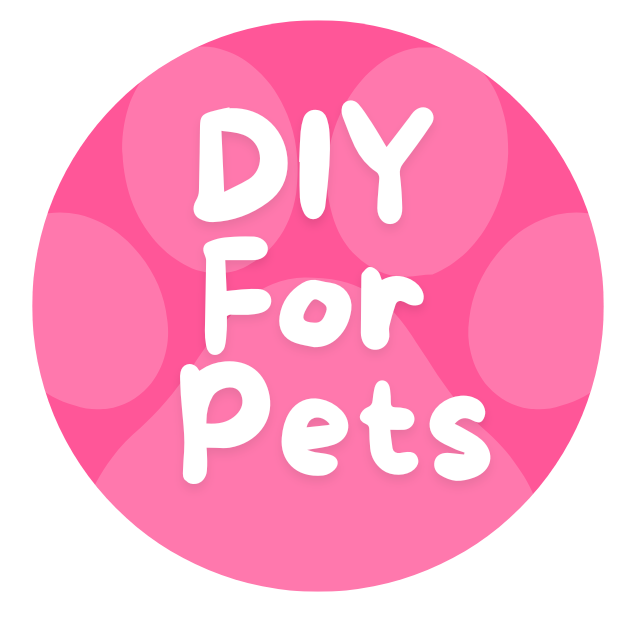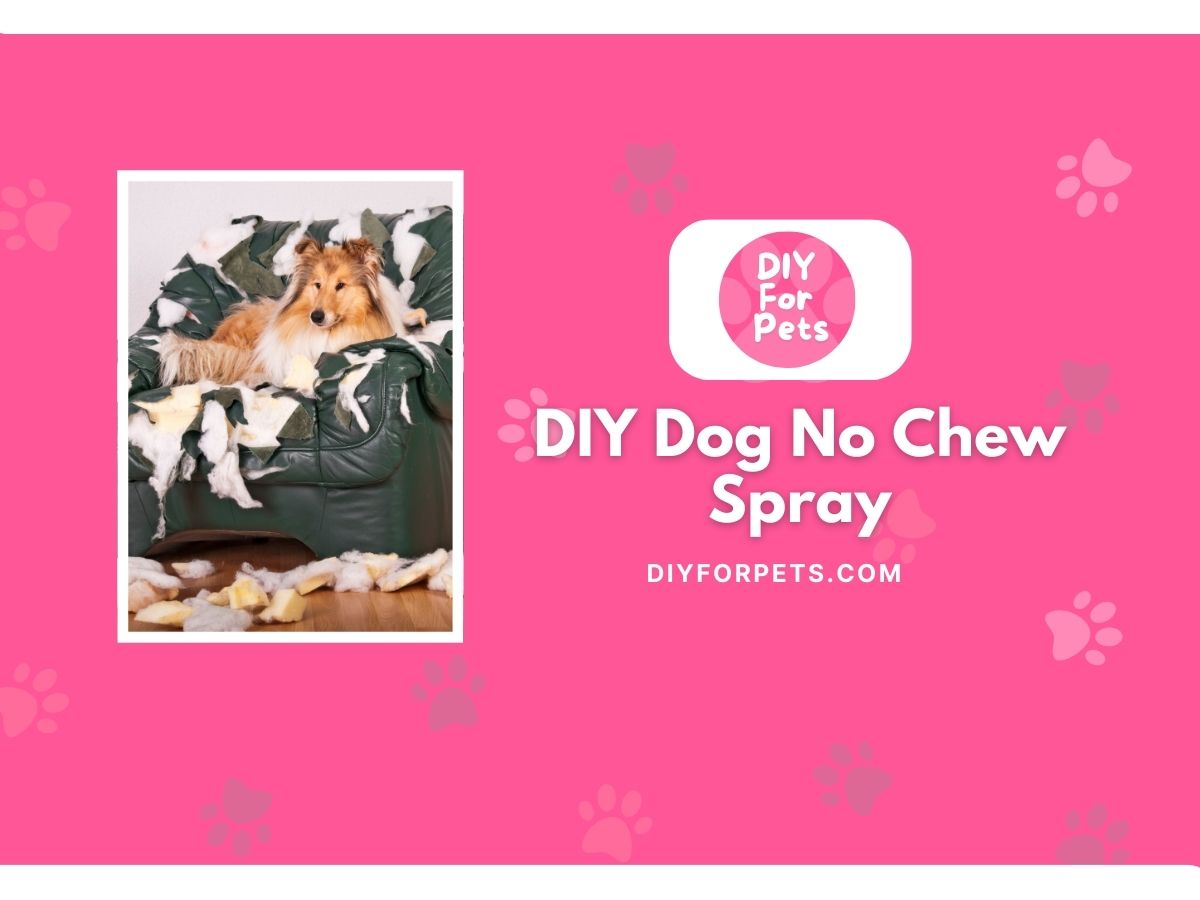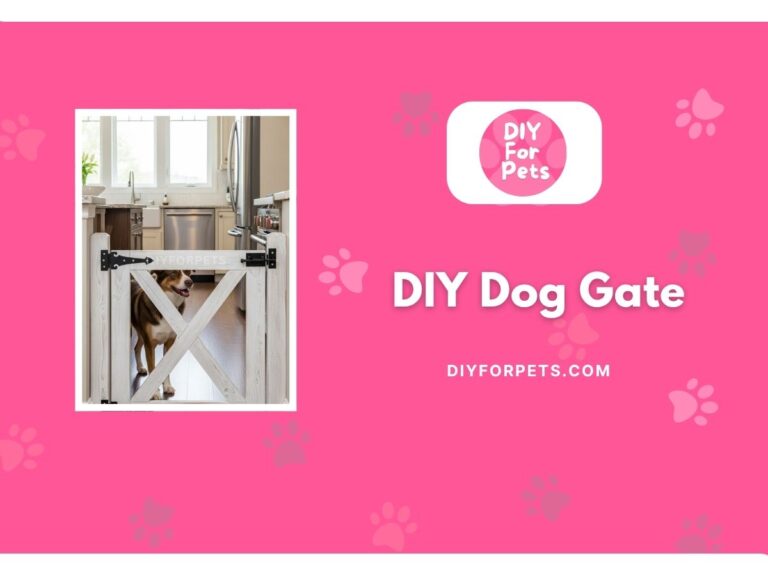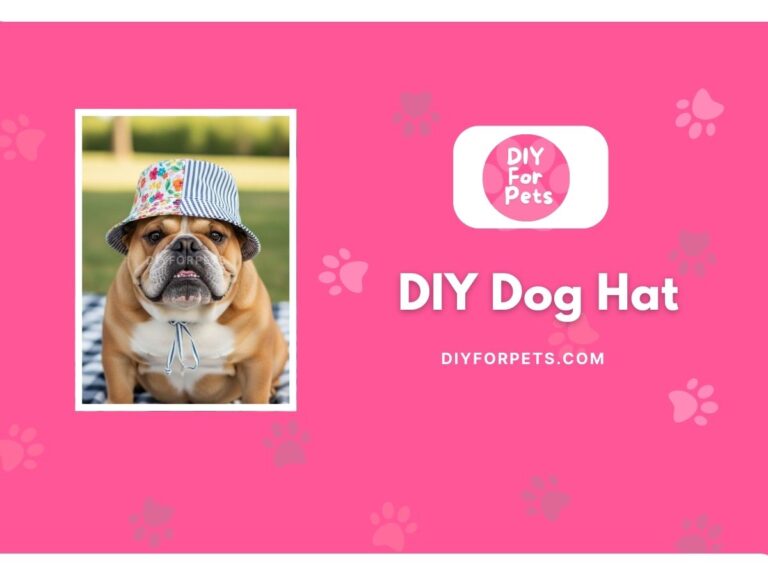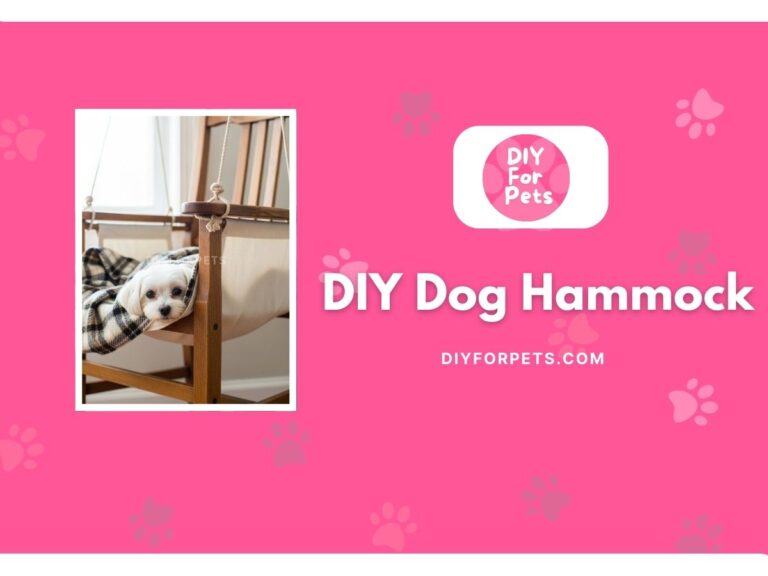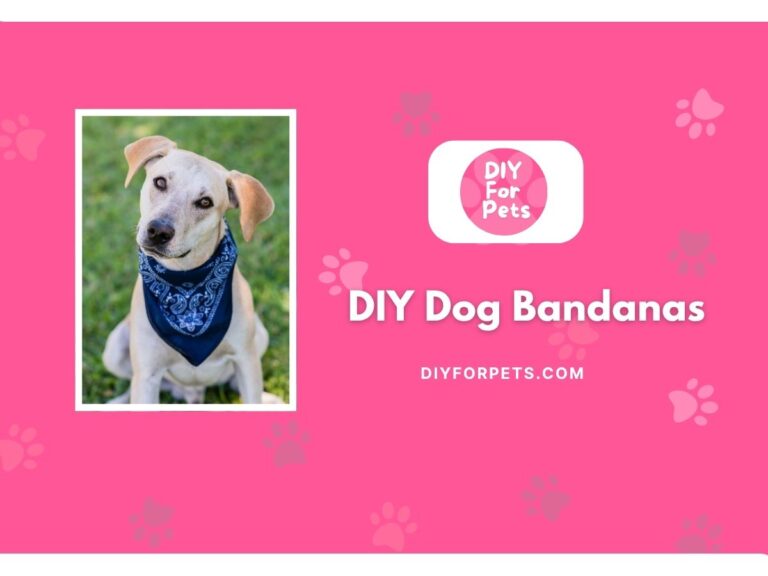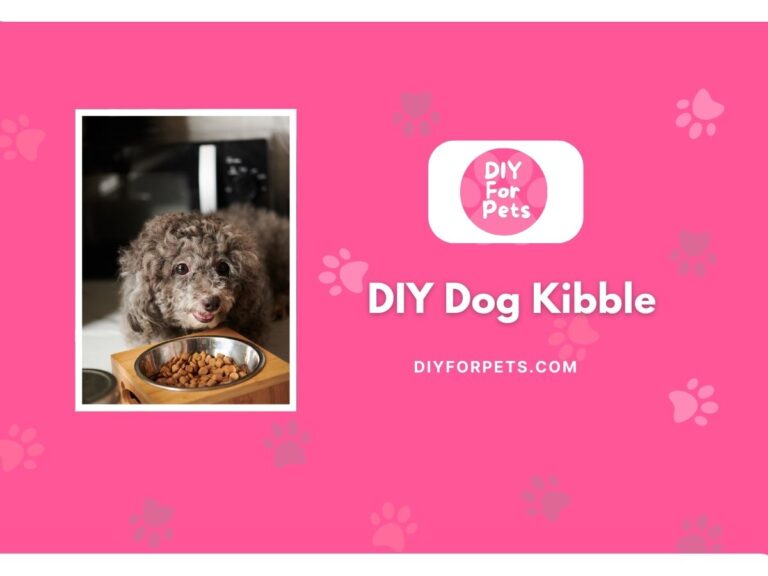5 DIY Dog No Chew Spray That Really Works
As someone who shares their home with dogs, cats, and even a few curious rabbits, I’ve learned that managing pets means always coming up with creative solutions to keep them (and my furniture) safe. One issue that most dog owners face at some point is chewing—whether it’s a new puppy gnawing on everything in sight or an older dog deciding that the legs of your dining room chairs make a great snack. I’ve been there, and I know how frustrating it can be. That’s why I decided to try making my own DIY no chew spray for my dogs, and let me tell you, it’s been a game-changer!
Not only is this DIY solution super simple, but it’s also budget-friendly and uses natural ingredients that I feel comfortable using around my pets. If you’ve been dealing with some destructive chewing, this project is worth a try. Let’s jump in and see how you can make your own dog no chew spray at home.
No Chew Spray for Dogs: Good or Bad?
Using a no chew spray can be a really effective way to curb your dog’s chewing habits—especially if they’re teething or going through a chewing phase. These sprays work by making the object taste bad or unpleasant, deterring your dog from wanting to chew it. While store-bought sprays can be effective, I’ve found that making your own at home is not only cheaper but also lets you control the ingredients. You don’t have to worry about any harsh chemicals, and you can experiment with different formulas to find out what works best for your dog.
That being said, no chew sprays are not a magical fix. You still need to train your dog and provide them with appropriate things to chew on, like toys or bones. The spray is more of a helpful tool to guide your dog in the right direction, but it works best when combined with proper training.
DIY Dog No Chew Spray: Step by Step
Now let’s walk through how to make your own no chew spray. This project is incredibly easy, and you probably already have most of the ingredients in your kitchen.
Materials Needed
- Apple cider vinegar or white vinegar: $2–$5
- Citrus juice (lemon or lime): $1–$3
- Spray bottle: $1–$3
- Optional: Cayenne pepper or hot sauce: $1–$2
- Water: Free!
Total cost: Around $5–$10, depending on what you already have at home.
Phase 1: Creating the Base
The base of most no chew sprays is vinegar—both apple cider vinegar and white vinegar work well. Dogs don’t like the smell or taste of vinegar, making it an excellent starting point for your spray. Mix equal parts vinegar and water in a spray bottle. You’ll want about 1 cup of each to make a decent-sized batch.
Phase 2: Adding the Bitter Elements
To really enhance the taste that your dog won’t like, add in some citrus juice. Lemon or lime juice works great because dogs typically dislike the bitterness. Add 1–2 tablespoons of citrus juice to your vinegar and water mixture. If your dog is particularly stubborn, you can also add a dash of cayenne pepper or hot sauce for an extra kick. Just make sure to dilute it well so it’s not too harsh on your dog’s nose or skin.
Phase 3: Testing the Spray
Before spraying the solution all over your furniture or shoes, test it on a small area first to make sure it doesn’t stain or damage anything. You’ll also want to observe how your dog reacts to it—if they avoid the area, you know you’ve got a winner!
Phase 4: Application
Once you’re happy with your mixture, spray it on the areas your dog tends to chew. This could be furniture, shoes, door frames, or anything else they like to sink their teeth into. Reapply every couple of days or as needed.
Easy DIY Dog No Chew Spray Ideas
Here are a few variations on the no chew spray that you can try at home, depending on what your dog responds to. Each recipe uses natural ingredients and is safe for your dog and your home.
1. Vinegar and Citrus Spray
This is the simplest and most effective spray I’ve used for my dogs. Mix equal parts white vinegar and water, then add 2 tablespoons of lemon juice. Shake well and spray on the areas where your dog likes to chew. The combination of vinegar and citrus is strong enough to deter most dogs from wanting to chew, but it’s safe for them if they get a taste.
This costs about $3 to make and is great for dogs who are just starting to chew.
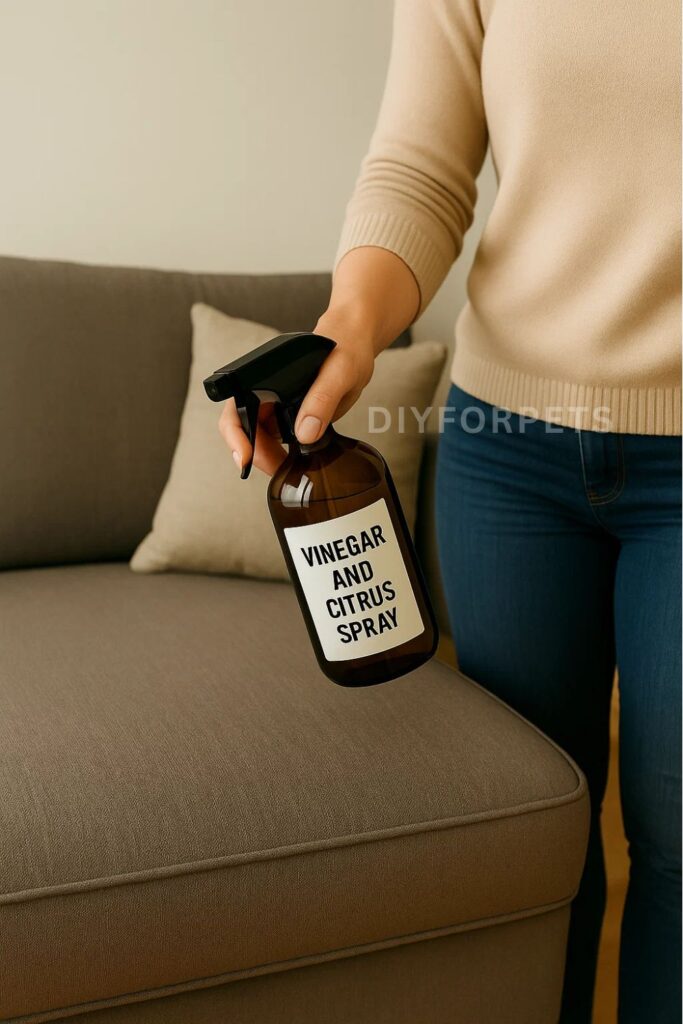
2. Apple Cider Vinegar and Cayenne Spray
For dogs who need something a bit stronger, this apple cider vinegar and cayenne pepper spray might do the trick. Mix 1 cup of apple cider vinegar with 1 cup of water, then add a pinch of cayenne pepper. Shake well before spraying. The cayenne adds an extra element of bitterness that many dogs will avoid after just one try.
This costs around $4 and works well for persistent chewers.
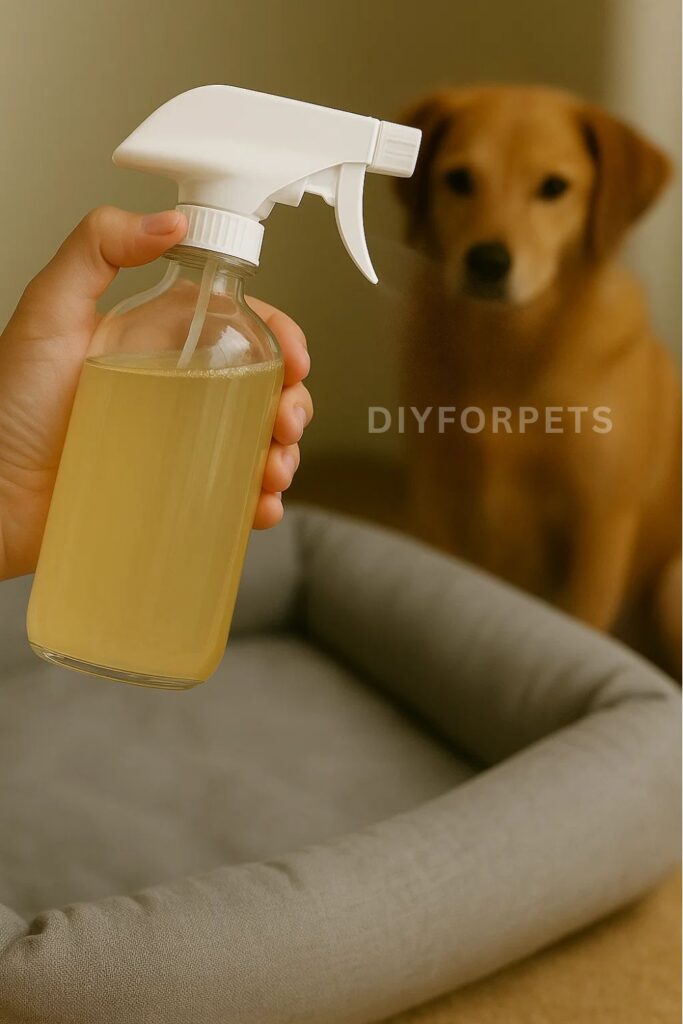
3. Lemon and Hot Sauce Spray
If your dog is really determined to chew, try adding a bit of hot sauce to the mix. Combine 1 cup of water with 1 cup of lemon juice and a few drops of hot sauce. Shake well and test the spray on a small area before using it. This is one of the stronger sprays, so use it sparingly and only in areas where your dog is a chronic chewer.
This costs about $5 and is ideal for the most stubborn chewers.
4. Citrus and Essential Oils Spray
If you prefer using essential oils, this recipe combines the power of citrus with essential oils to create an effective no chew spray. Mix 1 cup of water with 1/2 cup of lemon juice and add 10–15 drops of a dog-safe essential oil like lavender or orange. The citrus helps deter chewing, while the essential oil adds a calming scent that can also help reduce stress chewing.
This costs around $6 and is great for dogs who chew out of anxiety.
Dos & Don’ts in DIY Dog No Chew Sprays
- Do: Always test your spray on a small area to make sure it won’t damage your furniture or other surfaces.
- Do: Reapply the spray every couple of days or as needed, especially after cleaning.
- Don’t: Use harsh ingredients like undiluted hot sauce or strong essential oils that could irritate your dog’s nose or skin.
- Do: Pair the spray with training and offer your dog plenty of chew-friendly alternatives, like toys or bones.
- Don’t: Leave the spray on areas where your dog eats, as you don’t want them to associate negative tastes with food or water bowls.
FAQs
1. How often should I apply the no chew spray?
You should reapply the spray every 2–3 days or after cleaning the area. The scent and taste may wear off over time, so frequent application is key.
2. Is it safe for my dog to ingest the spray?
Yes, the ingredients in these DIY sprays are natural and safe for dogs. While they may not like the taste, the small amounts they ingest from licking the sprayed areas won’t harm them.
3. Can I use these sprays on outdoor furniture?
Yes, most of these sprays work just as well on outdoor furniture. However, you may need to reapply more frequently if it rains or if your dog is outside a lot.
4. What if my dog still chews even after using the spray?
No chew sprays are just one tool to help with the issue. If your dog continues to chew, make sure they have plenty of appropriate chew toys and consider additional training to redirect their behavior.
Making your own DIY dog no chew spray is a simple, effective way to manage your dog’s chewing habits without resorting to harsh chemicals or expensive products. Whether your dog is teething, anxious, or just loves to chew, these sprays can help save your furniture, shoes, and sanity. So grab some vinegar, citrus, and a spray bottle, and give it a try—your dog (and your home) will thank you!
